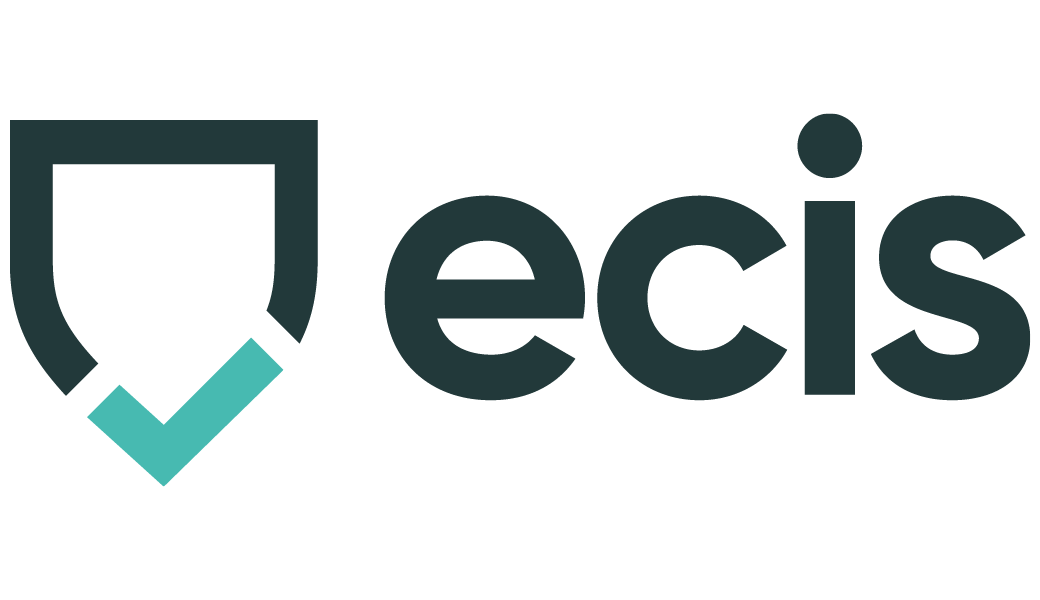
The end of the year is a natural time to reflect and plan for the future. For UK contracting businesses, one resolution could have a significant impact in 2025: prioritising your workforce’s well-being.
Construction is a demanding industry, both physically and mentally. When employees feel supported, they’re more productive, make fewer mistakes, and are more likely to stay with your company for the long haul. Improving well-being doesn’t have to mean spending a fortune or overhauling your processes. Small, practical changes can make a big difference – benefiting your team and your business alike.
Why Well-being Matters
Your workforce is at the heart of everything you do, and the health of your employees is under constant strain.
- Physical demands: Heavy lifting, repetitive tasks, and awkward positions lead to a high risk of injuries. Musculoskeletal disorders account for nearly two-thirds of all construction-related ill health (HSE) [A].
- Mental pressures: Stress and anxiety are common in construction. Tight deadlines and long hours take their toll, with one in four workers reporting mental health challenges (Building Mental Health) [B].
These issues aren’t just bad for your team; they also hurt your business. According to the HSE, each musculoskeletal injury costs around £1,100 in lost productivity [A]. When injuries or burnout go unaddressed, these costs quickly add up.
The Risks of Ignoring Well-being
Overlooking workforce well-being can lead to problems that are hard to recover from:
- Losing top talent: In a competitive market, skilled workers will leave for businesses that offer better support.
- Higher expenses: Absences, delays, and injuries are expensive – and preventable.
- Reputation damage: A struggling workforce reflects poorly on you as a leader and impacts client confidence.
These risks aren’t always obvious but affect your business at every level.
How Well-being Supports Safety
Looking after your team’s health doesn’t just make them happier – it makes them safer and more productive.
- Fewer mistakes: A focused, rested worker is less likely to make errors that lead to accidents.
- Better performance: Pain-free workers can focus on the job, not their discomfort.
- Improved morale: Employees who feel valued are more motivated to deliver their best work.
Small, consistent changes can turn well-being into a competitive advantage.
Five Steps to Strengthen Your Workforce in 2025
1. Prevent Injuries Before They Happen
Musculoskeletal injuries are common but often preventable. Start with simple measures:
- Train workers in safe manual handling techniques to reduce the risk of musculoskeletal injuries during lifting or repetitive tasks.
- Use lifting aids and equipment designed to minimise strain on the body.
- Offer access to physiotherapy through Private Medical Insurance (PMI) to address minor issues before they escalate.
2. Prioritise Mental Health
Mental health is just as important as physical health, but it’s often overlooked in the construction sector:
- Foster an environment where workers can raise concerns without stigma.
- Train managers to recognise early signs of stress or burnout.
- Provide access to counselling and support through Employee Assistance Programmes (EAPs) or PMI.
EAPs are confidential services employees can use for various issues, including managing stress, dealing with financial or legal worries, or accessing mental health counselling. They provide a practical and accessible way to help your workforce manage pressures that might otherwise affect their performance or safety on-site.
- The ECIS PMI scheme includes access to an EAP, ensuring your team has support for these challenges whenever needed.
3. Build a Reputation That Attracts Talent
In today’s market, strong employee benefits can set you apart from competitors:
- Show your team you care about their health and future.
- Retain experienced workers by investing in their well-being.
- Attract skilled recruits who value benefits like PMI.
4. Keep It Simple
You don’t need to overhaul your business overnight. Focus on small, meaningful changes:
- Survey your team to understand their needs.
- Adjust workspaces to reduce physical strain.
- Explore affordable PMI options to give employees quick access to care.
5. Get Expert Help
Employee well-being doesn’t have to be a solo effort - partner with trusted providers like ECIS to implement solutions that suit your team and your budget.
Why PMI Makes Sense
f you think PMI is an unnecessary extra, think again. Here’s why it works:
- Faster care: Workers get treated quickly, avoiding long NHS wait times.
- Comprehensive support: PMI covers both mental and physical health, from stress counselling to physiotherapy.
- Better outcomes: Quick treatment means fewer absences, faster recovery, and stronger teams.
Picture this: One of your best workers starts struggling with back pain. Without support, they may take weeks off – or leave altogether. With PMI, they could see a specialist within days, get treatment, and return to work feeling stronger than ever.
Take the Next Step with ECIS
Presenteeism can quietly drain your business’s resources, but you can tackle it head-on with the right healthcare support. The ECIS PMI scheme offers a tailored solution to help you keep your workforce healthy, productive, and safe. Consider implementing the ECIS PMI scheme in your business today.
If you want to learn how the ECIS PMI scheme can support your business, contact the ECIS Benefits Team at ecis@ecins.co.uk or 0330 221 0241. You can also visit the ECIS website at www.ecins.co.uk for more details.
As you plan for a new year, prioritising your team’s health shows you value their contribution – and it pays off. Healthy, supported employees work more efficiently, stay safe on the job, and help keep projects on track.
References
[A] Health and Safety Executive (HSE). “Work-related Musculoskeletal Disorders in Construction.” Available at: https://www.hse.gov.uk/statistics/causdis/musculoskeletal-disorders.htm
[B] Building Mental Health. “Mental Health in the UK Construction Industry.” Available at: https://www.buildingmentalhealth.net/
[C] Health and Safety Executive (HSE). “Cost of Workplace Injuries and Ill Health.” Available at: https://www.hse.gov.uk/statistics/cost.htm
